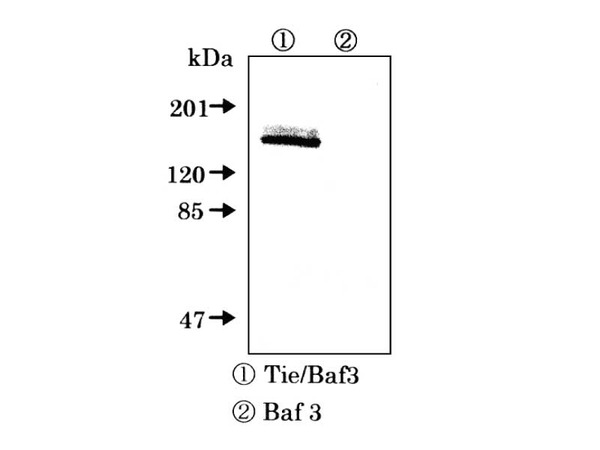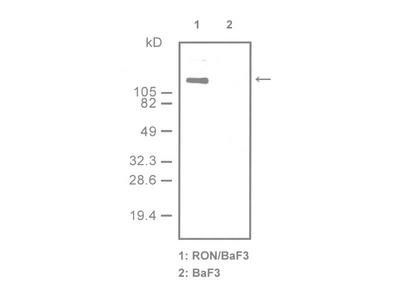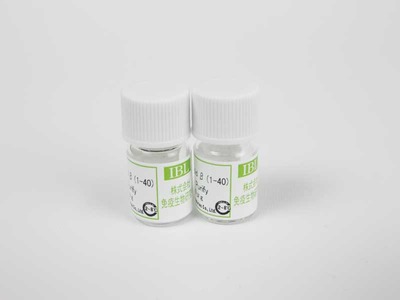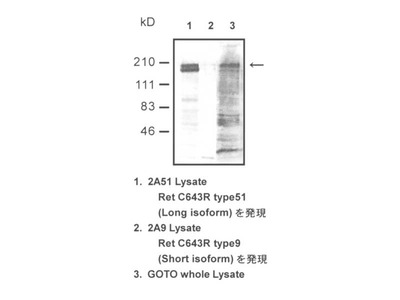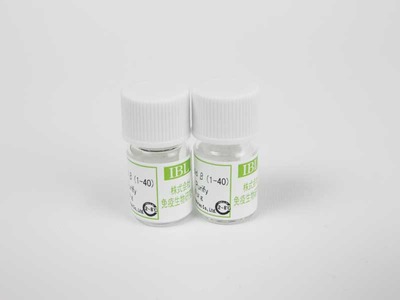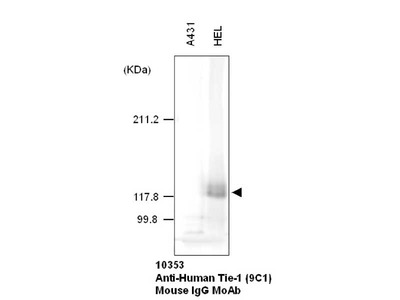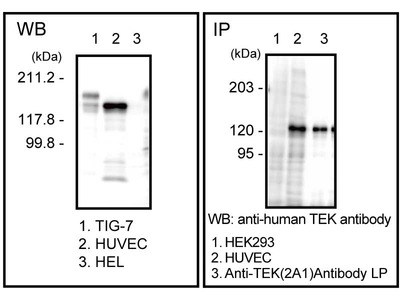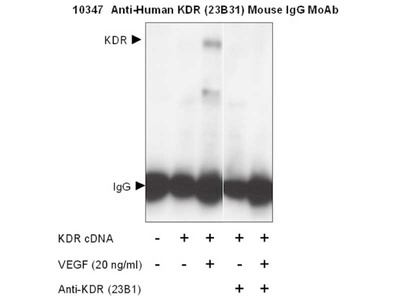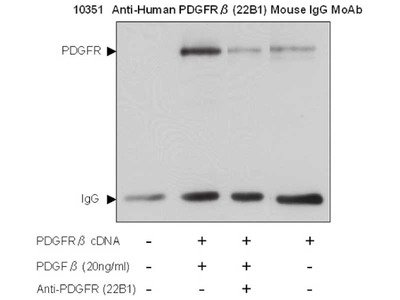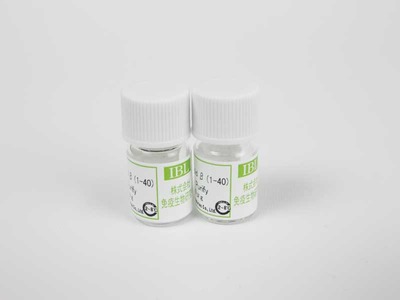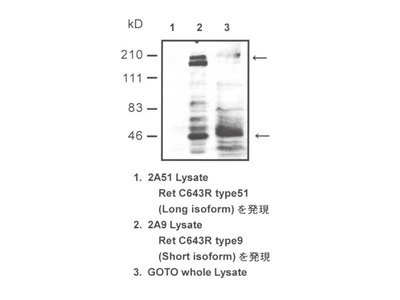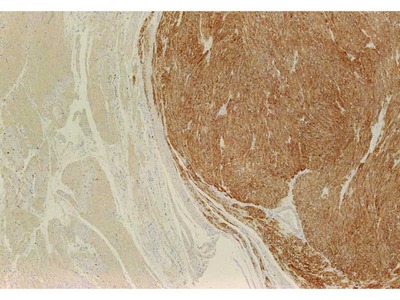- HOME >
- For Researchers >
- Product Search >
- Search Result >
- #18541 Anti-Human Tie-1 (N1125) Rabbit IgG Affinity Purify
Product Search
#18541 Anti-Human Tie-1 (N1125) Rabbit IgG Affinity Purify
- Intended Use:
- Research reagents
- Application:
- WB, IHC
- Package Size1:
- 100 μg
- Package Size2:
- 10 μg
- Note on Application Abbreviations
- WB:Western Blotting
- IHC:Immunohistochemistry
※ The product indicated as "Research reagents" in the column Intended Use cannot be used
for diagnostic nor any medical purpose.
※ The datasheet listed on this page is sample only. Please refer to the datasheet
enclosed in the product purchased before use.
Product Overview
Product Overview
| Product Code | 18541 |
|---|---|
| Product Name | Anti-Human Tie-1 (N1125) Rabbit IgG Affinity Purify |
| Intended Use | Research reagents |
| Application | WB, IHC |
| Species | Human |
| Immunizing antigen | Synthetic peptide of a part of Human Tie-1 |
| Purification Method | Purified with antigen peptide |
| Specificity | Confirmed by Tie/BaF3 Transfectant and HEL. |
| Package Form | Lyophilized product from 1 % BSA in PBS containing 0.05% NaN3 |
| Storage Condition | 2 - 8℃ |
| Poisonous and Deleterious Substances | Applicable |
| Cartagena | Not Applicable |
| Package Size 1 | 100 μg |
| Package Size 2 | 10 μg |
| Remarks1 | The commercial use of products without our permission is prohibited. Please make sure to contact us and obtain permission. |
Product Description
Product Description
TIE is a new receptor-type tyrosine kinase that was cloned from K562, a chronic myelocytic leukemia cell line. Its molecular weight is 117 kDa and its structure begins with an immunoglobulin-like domain from the extracellular N terminal, continues to 3 EGF-like domains, another immunoglobulin-like domain, 3 fibronectin III-like domains, a membrane-penetrating domain, 2 tyrosine kinase domains and a C-terminal domain. It has been reported that Tek molecules with a high homology (about 80%) have been cloned from the kinase domains. These molecules are believed to make up a Tie family. Tie-2 and a receptor type tyrosine kinase Tie-1 that is expressed specifically in endothelial cells are included in this Tie family. Among the Tie-1 gene knockout mice, a vasculature is formed in a homozygote (-/-) but the mouse is likely to succumb to pulmonary edema. Thus it has been reported that the signal via Tie-1 is important in maintaining the vascular structure.

